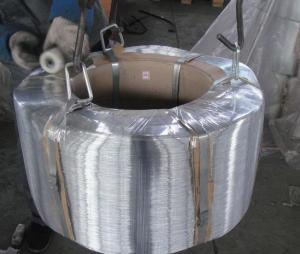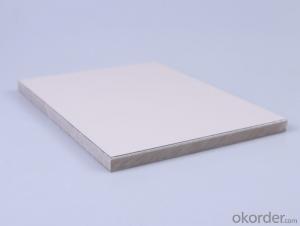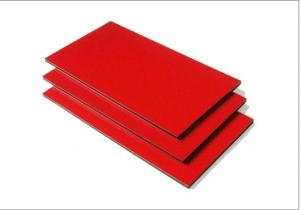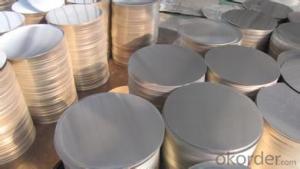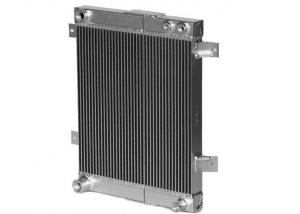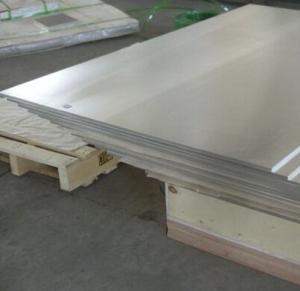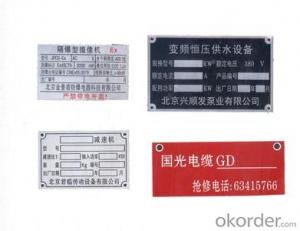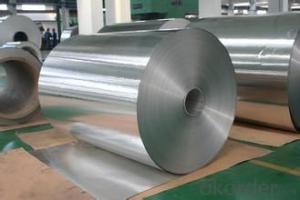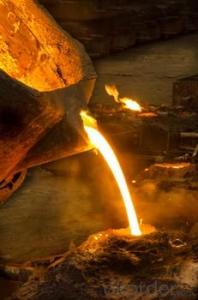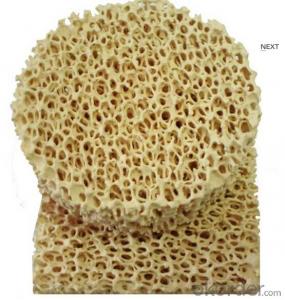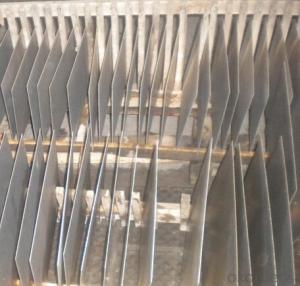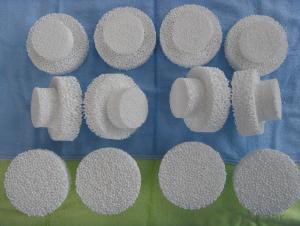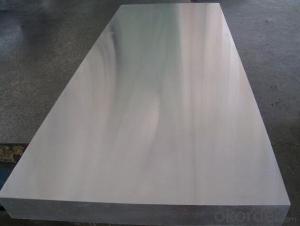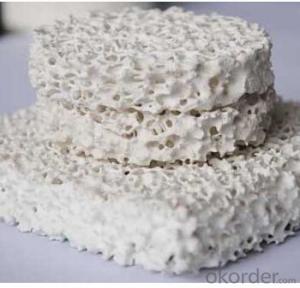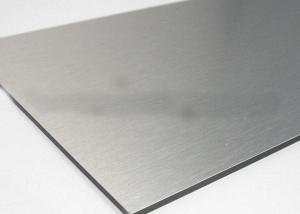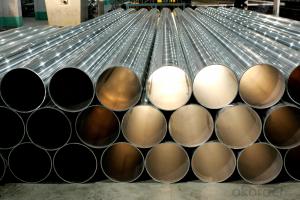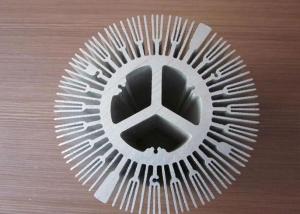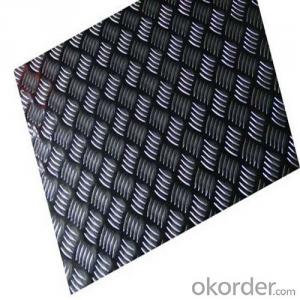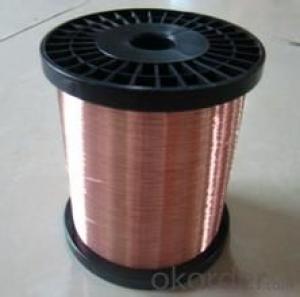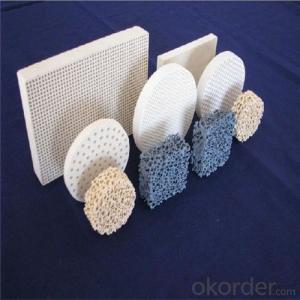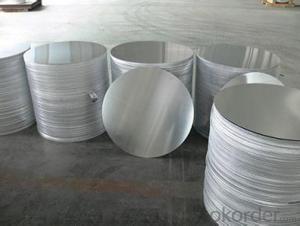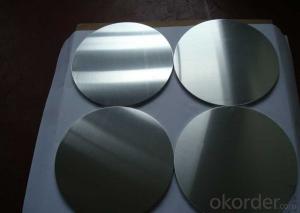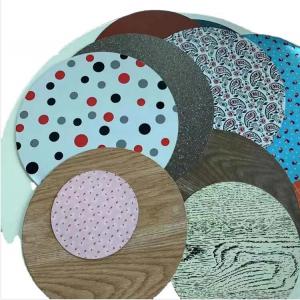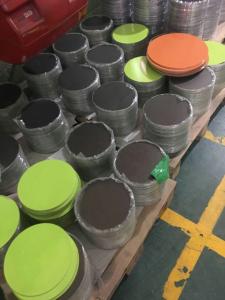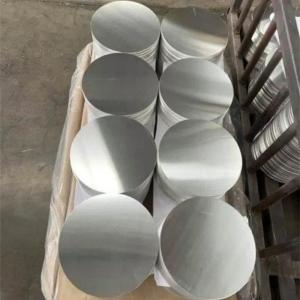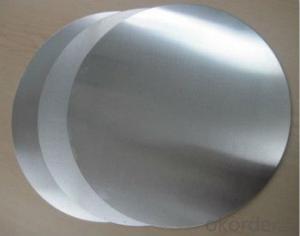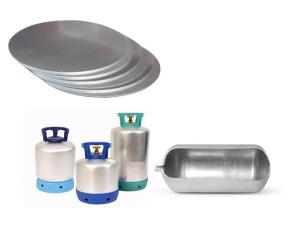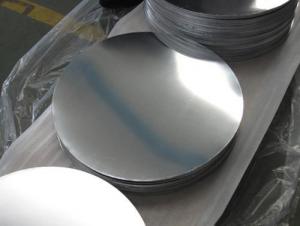Zinc Plate Aluminum
Zinc Plate Aluminum Related Searches
Nickel Plate Aluminum Copper Plate Aluminum Cnc Aluminum Plate Gold Plate Aluminum Aluminum Metal Plate Chrome Plate Aluminum Aluminum Plate Panels Thin Aluminum Plate White Aluminum Plate Aluminum Winch Plate Aluminum Plate China Thick Aluminum Plate Aluminum Vin Plate Aluminum Surface Plate Jig Plate Aluminum Aluminum Wall Plate Bending Plate Aluminum Aluminum Floor Plate Aluminum Heat Sink Plate Laser Cut Aluminum Plate Aluminum Cover Plate Aluminum Sill Plate Polished Aluminum Plate Aluminum Profile Plate Checker Plate Aluminum Aluminum Spinning Plate Aluminum Round Plate Thin Diamond Plate Aluminum Aluminum Dimond Plate Black Diamond Plate AluminumZinc Plate Aluminum Supplier & Manufacturer from China
Zinc Plate Aluminum is a composite material that combines the properties of both zinc and aluminum, resulting in a strong, lightweight, and corrosion-resistant product. This material is created by bonding a layer of zinc to an aluminum substrate, which enhances its durability and versatility in various applications. The unique combination of these two metals offers numerous benefits, making it an ideal choice for a wide range of industries.Zinc Plate Aluminum is widely used in construction, automotive, and aerospace industries due to its high strength-to-weight ratio and resistance to corrosion. It is particularly suitable for applications where lightweight materials are required, such as in the manufacturing of car parts, aircraft components, and building facades. Additionally, its resistance to corrosion makes it an excellent choice for outdoor applications, such as roofing, cladding, and signage. The product's versatility also extends to electrical and electronic applications, where its shielding properties can be utilized to protect sensitive components from electromagnetic interference.
Okorder.com is a leading wholesale supplier of Zinc Plate Aluminum, offering a vast inventory of this high-quality product to cater to the needs of various industries. With a commitment to providing top-notch materials at competitive prices, Okorder.com ensures that customers receive the best value for their investment. By partnering with reputable manufacturers and maintaining a large stock of Zinc Plate Aluminum, Okorder.com is able to meet the diverse requirements of its clients and deliver products promptly and efficiently.
Hot Products
